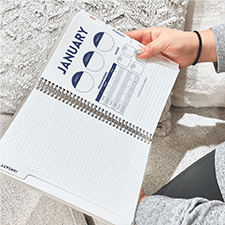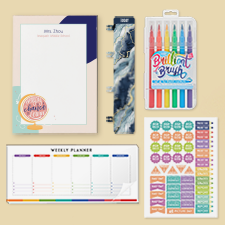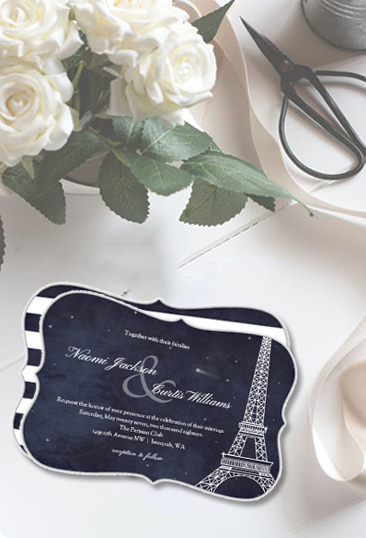A weekly planner is a great tool to use when trying to keep yourself organized. Similar to a journal but with calendar pages, a weekly planner is used to keep your appointments and commitments in order, as well as to jot down notes or grocery lists, or even just doodle! Here at Purple Trail, we offer a wide variety of planner layouts and designs, but our weekly planners are most popular. They’re the perfect layout for someone newly hoping to hone their organization skills, or for someone who’s already a pro planner user. Either way, our weekly planners will surely give you peace of mind and lower your level of stress when used efficiently. Check out the tips below to learn how to effectively make use of a weekly planner – you’ll be feeling less overwhelmed and clear-headed in no time!
1. Pick a planner size that’s right for you! If you’re taking classes or traveling for work, a 6x8 or 4x6 planner is best, as it will easily fit into a bag or purse. Alternatively, if you’re at your desk most of the day and need your planner to be easily accessible, or as a reference while on a conference call, go with an 8.5x11 size – simply keep it out on your desk and grab it when needed! With either size you choose, remember to check your planner regularly. Not only is this the only way to keep up with your busy schedule, but if you’re new to using a planner, it will encourage you to continue using it until it’s finally just habit.
2. Keep just one planner. While you may feel like you have enough commitments to justify multiple, it’s actually more convenient to have everything in one place. The less clutter in your life, the less stressed you’ll be. Instead of dividing your schedules into different books, try just color coding your entries with high lighters or fun gel pens!
3. Write as much as you can when adding entries to your planner. Though you may think a one-word reminder is enough, if written far enough in advance, there’s a good chance that when the day finally comes it won’t actually make sense. For example, rather than simply “David,” write out “Call David about final exam results.” Think in terms of verbs and “why.”
4. Create a weekly and daily planning routine. Every Sunday, or whichever day makes most sense for you, set aside time to add additional information to your calendar for the approaching week. This will give you time to refamiliarize yourself with upcoming plans, leaving yourself feeling refreshed and prepared. Taking just a few minutes every evening to look over your plans for the following day will also put you at ease and cease any anxiety-fueled thoughts you may have before going to sleep.
5. Make planning fun! Pick a cover design that’s reflective of your personality, a design that you like looking at and won’t want to leave behind at home. Introduce stickers to your note-taking or find a layout with space to doodle if you’re a creative type of person. Weekly planners come with a variety of margins for list-making and calendar pages for monthly overviews – be sure to take advantage of all the space and functionality offered! And don't let the appearance of blank space worry you - you might be tempted to write on every open line, but a lack of plans shouldn't overwhelm you. Some weeks are just lighter than others, and that's ok! In fact, it's necessary to rest every now and then, so go ahead and add "self care day" to those empty calendar pages.








































